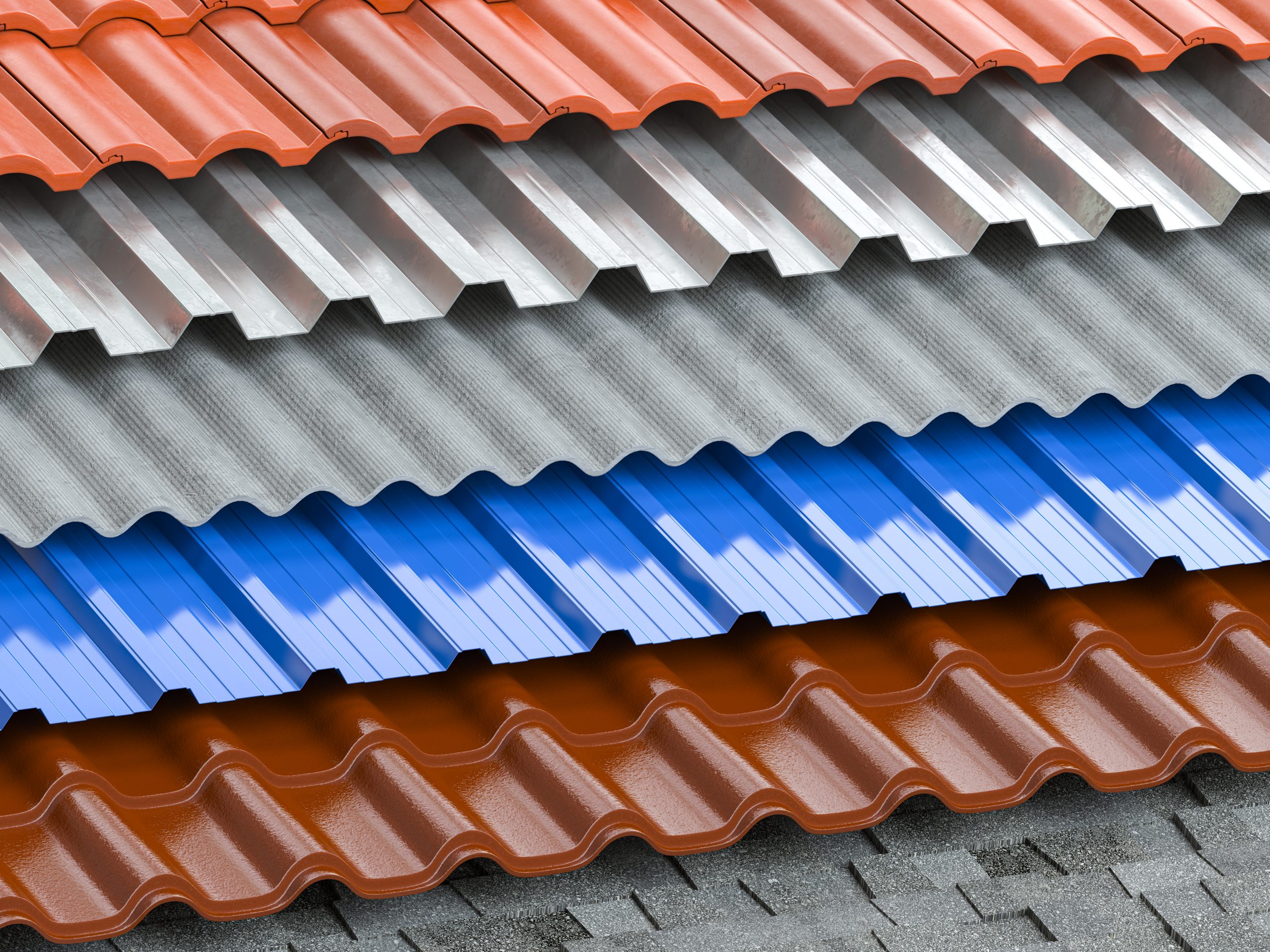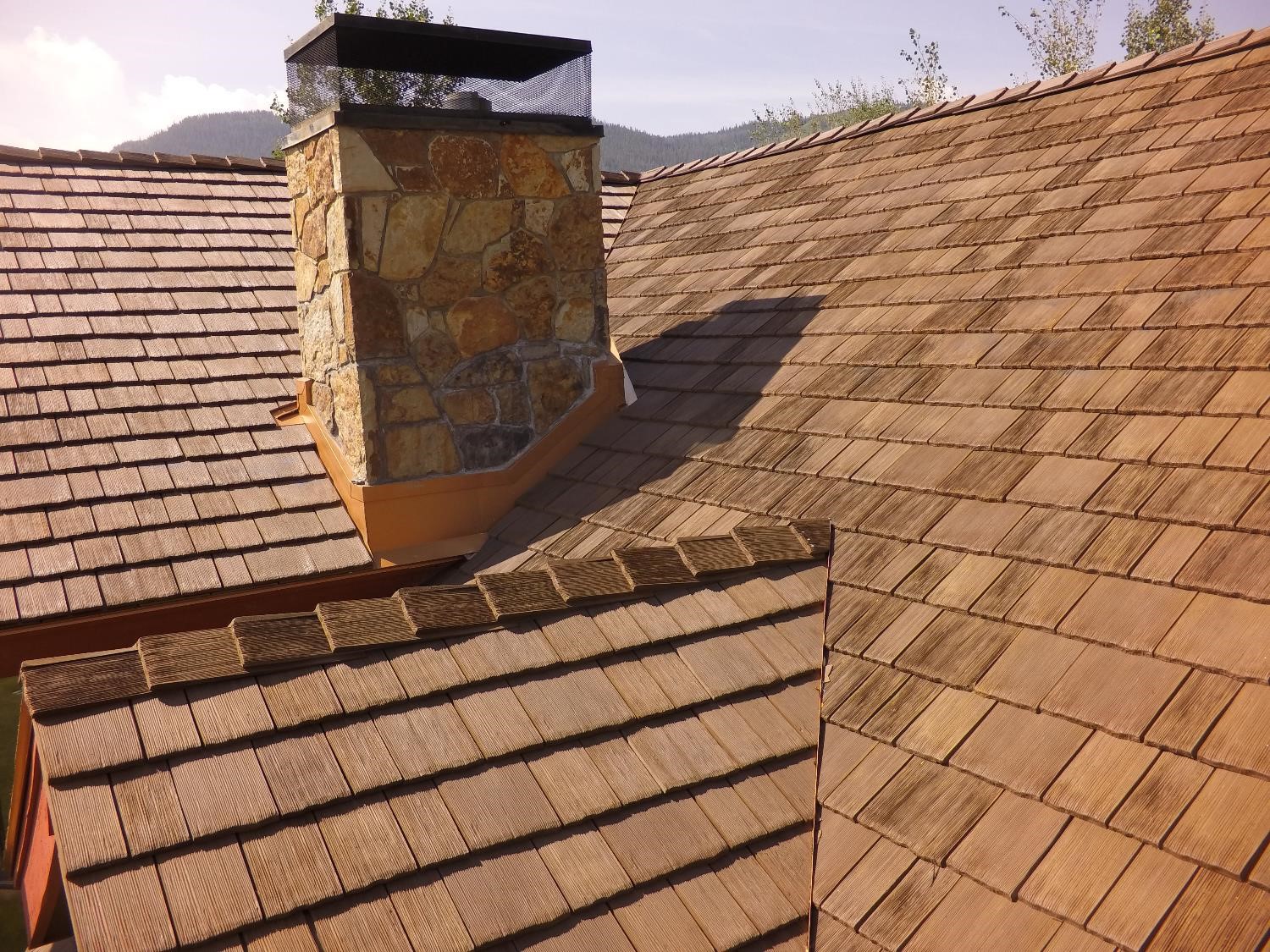Expert Roofing Lockhart Specialists That Make Sure Top Quality Handiwork
Specialist Roofing Tips for Selecting the very best Materials for Your Home's Requirements
When it comes to picking the ideal roof products for your home, a systematic method is essential. Trick factors to consider include understanding your regional climate, assessing the resilience of different materials, and analyzing energy effectiveness. Additionally, budget plan constraints and the aesthetic assimilation of the roofing option with your home's design play substantial duties. However, navigating these variables can be complicated, and falling short to attend to even one might bring about pricey mistakes down the line. What details strategies can homeowners utilize to ensure they make one of the most informed decisions in this important area?
Examining Your Environment Conditions

When choosing roof covering products, it is vital to consider the particular climate problems of your location, as these elements significantly influence the longevity and efficiency of your roof covering. Different climates position special challenges, such as high winds, hefty snowfall, extreme warmth, or extreme moisture. Understanding these aspects is essential for making a notified decision.
For example, in areas prone to hefty rain or snow, materials like steel or asphalt roof shingles with high waterproofing capacities may be preferable. On the other hand, in areas with heats, reflective products such as tiles or cool roof coverings can help in reducing warmth absorption, resulting in energy efficiency and enhanced interior comfort.
Furthermore, take into consideration local wind patterns; materials that can endure high winds, like concrete ceramic tiles or impact-resistant roof shingles, are vital in hurricane-prone locations. Moisture degrees additionally play a role; in damp climates, select materials resistant to mold and mold, such as synthetic underlayment or dealt with wood.
Ultimately, assessing your climate conditions will certainly assist ensure that you choose roof covering materials that not just enhance your home's aesthetic charm but also supply longevity and defense versus ecological stressors. Roofing Lockhart.
Understanding Product Longevity
Assessing climate problems is only the very first step in making an educated roof covering choice; recognizing the resilience of the materials is just as vital. The long life and performance of roof covering products can vary substantially, affected by variables such as climate exposure, maintenance demands, and product structure.

Furthermore, take into consideration the product's resistance to elements like rain, hail, and wind. Impact-resistant shingles and metal roof coverings are much better matched for areas vulnerable to extreme storms. In addition, the product's capacity to withstand UV direct exposure is crucial for preserving appearances and stopping early destruction.
Eventually, picking long lasting materials not just contributes to the longevity of your roofing system yet also decreases the demand for constant repairs or substitutes, guaranteeing assurance and securing your investment over time. Assess resilience together with environment considerations to make one of the most enlightened option for your roofing task.
Energy Efficiency Factors To Consider
Power efficiency plays a crucial role in roof covering decisions, affecting both monthly power bills and total environmental influence. Selecting the ideal roofing materials can dramatically decrease a home's energy consumption by boosting insulation and Home Page mirroring sunshine.
One of the essential aspects to think about is the roof material's thermal performance. Roofing Lockhart. Products such as metal, clay tiles, and particular types of roof shingles are recognized for their capacity to mirror solar energy, minimizing warm absorption and, as a result, cooling down expenses. Awesome roof choices, which are designed to mirror even more sunshine than standard roofings, can further enhance energy effectiveness, especially in warmer climates
Additionally, the insulation residential or commercial properties of roof materials can impact warmth retention during chillier months. Products with a greater R-value provide far better insulation, reducing the demand for home heating and adding to reduced energy bills.
It is additionally essential to consider the Our site roofing system's shade and texture, as lighter shades commonly provide better reflectivity contrasted to darker shades. By thoroughly examining these variables, home owners can make informed decisions that not only improve energy performance but likewise add to long-term sustainability and convenience in their living atmosphere.
Budgeting for Roofing Products
Budgeting for roofing products requires mindful consideration and planning to ensure an equilibrium in between quality and cost. The primary step in this process is to develop a clear budget based upon your overall monetary abilities and the specifics of your roof task. It is necessary to analyze the overall area of the roofing system, as this will directly affect the quantity of product required and, as a result, the complete expense.
Following, research the numerous kinds of roof covering products offered, noting their price arrays and sturdiness. While some products might have a lower first price, they might require even more frequent repair services or substitutes, resulting in greater long-term expenses. In comparison, purchasing higher-quality products may produce much better power performance and durability, eventually saving money with time.
Furthermore, consider labor prices, which can substantially influence the total budget plan. By attentively budgeting for roof products, property owners can make educated decisions that straighten with their lasting demands and financial goals.
Aesthetic and Layout Options
Choosing roof materials goes past mere performance; visual and layout choices play a substantial role in improving the total charm of a home. The roof covering is a noticeable feature that adds to the building style and visual appeal of original site a building. When choosing products, think about exactly how they match the home's exterior, consisting of exterior siding, windows, and landscape.
Color is a pivotal element; it can either balance with or comparison the home's palette. Lighter colors can make a home show up bigger and extra inviting, while darker shades can convey sophistication and heat. Texture likewise matters; for instance, slate offers a sophisticated, timeless look, while steel roof can supply a sleek, contemporary aesthetic.
Beyond shade and structure, consider the roofing's shape and incline. Certain materials may be far better matched for certain styles; for instance, clay floor tiles function well on Mediterranean-style homes, whereas asphalt tiles are much more versatile. Eventually, the selected roof covering material ought to mirror the property owner's personal design while guaranteeing sturdiness and performance. By thoughtfully choosing visual and design selections, house owners can considerably improve their building's visual allure and overall worth.

Final Thought
In summary, choosing appropriate roof covering materials demands a complete assessment of environment problems, product sturdiness, energy performance, and budget plan factors to consider. Ultimately, informed choices in the roof covering choice process add to a practical and lasting home environment (Roofing Lockhart).
When it comes to picking the ideal roofing materials for your home, a systematic method is essential.When selecting roof materials, it is vital to consider the details climate conditions of your area, as these aspects considerably affect the durability and performance of your roofing. By thoughtfully budgeting for roofing materials, home owners can make enlightened decisions that align with their long-lasting demands and monetary objectives.
Selecting roof covering materials goes beyond plain capability; aesthetic and style options play a significant role in enhancing the overall allure of a home.In recap, selecting suitable roof materials requires a comprehensive assessment of climate problems, product longevity, power effectiveness, and budget factors to consider.